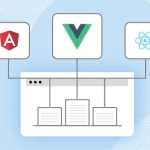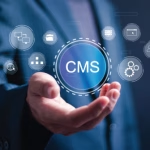Accessibility is more than a legal requirement; it’s a fundamental principle that ensures everyone, regardless of their abilities, can access and use your website. Creating a culture of accessibility in website maintenance is crucial to ensure that all users, including those with disabilities, can effectively interact with digital content.
This involves not just making one-time adjustments but fostering ongoing practices and mindsets that prioritize accessibility in every aspect of website development and management.
Here’s a guide on how to build this culture:
Education and Training

Regular training: website maintenance provide ongoing training sessions on accessibility standards and best practices.
Accessibility certification: Encourage team members to pursue certifications like Web Accessibility Specialist (WAS) or Certified Professional in Accessibility Core Competencies (CPACC).
Accessibility tools: Familiarize the team with accessibility testing tools like aXe, WAVE, and JAWS.
Integrating Accessibility into the Workflow
Incorporate Accessibility Early: Include accessibility considerations at the beginning of every project, not as an afterthought. This includes during planning, design, and development phases.
Use Accessible Tools: Choose development tools and content management systems that support accessibility standards, such as WCAG (Web Content Accessibility Guidelines).
Automated Testing Tools: Integrate automated accessibility testing tools into your development workflow to catch issues early.
Manual Testing: Complement automated tests with manual testing, especially using assistive technologies like screen readers to ensure real-world accessibility.
Inclusive Design Practices
User-Centered Design: Prioritize the needs of users with disabilities during the design process. This might involve user testing with individuals who rely on assistive technologies.
Consistent UI: Maintain a consistent user interface that is easy to navigate for all users, including those with cognitive or motor impairments.
Continuous Improvement

Feedback Loops: Establish a process for continuous feedback and improvement, where accessibility is constantly re-evaluated and enhanced based on new technologies, user needs, and industry standards.
Stay adaptable to emerging trends and new accessibility tools or practices, ensuring that your website remains accessible as technology evolves.
Conclusion
By fostering a culture of accessibility, you can ensure that your website is inclusive and accessible to everyone. Remember, accessibility is not a one-time effort but an ongoing commitment.





